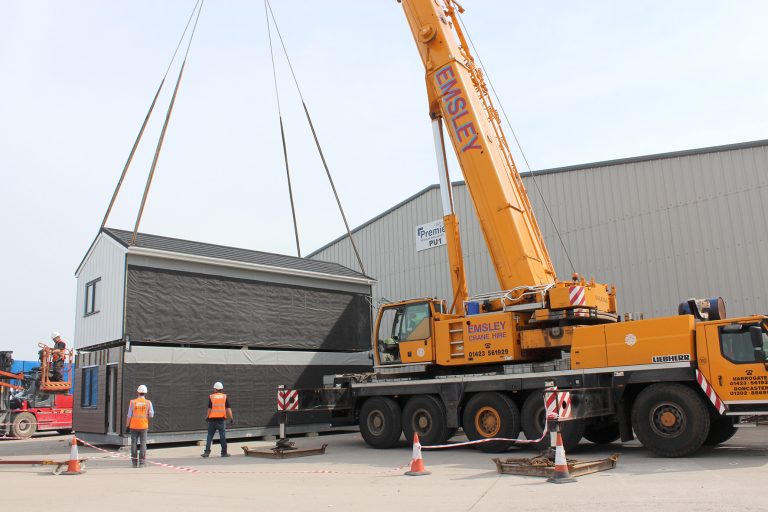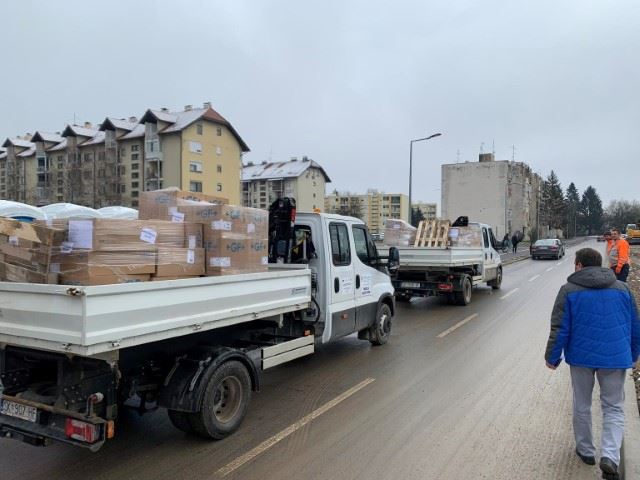Moda Living is the UK’s fastest growing rental brand, with over £1bn of construction on site across the UK, and a growing pipeline of over 8,000 homes from Edinburgh to Brighton. Moda has already changed the rules of renting with innovative Next Generation Neighbourhoods, offering no deposit, no fees, and a whole lifestyle for the cost of your rent, and now Moda, in partnership with Part W is on a mission to encourage the next generation of ambitious young women to choose the property, design and construction sector for their long-term careers. Part W is an action group of engaged and proactive women working in architecture and design, planning, engineering, policy, infrastructure, construction, operations, and sustainability. The group is campaigning for gender parity across the built environment. Founded by architect Zoë Berman in 2018, the intergenerational collective is formed of women from diverse backgrounds who are working together to call time on gender inequality, in all its forms, in our built environment. The group is Co-Chaired by architect Alice Brownfield. Core members include Dr. Harriet Harriss, Hilary Satchwell, Kelly Clark, Sarah Castle, Sarah Wigglesworth, Yẹmí Àlàdérun, Sarah Ackland, Nadine Adamski, Christine Murray and Fiona MacDonald, who work in the areas of architecture, design education, planning, place making, project management and sustainable transport. It is supported by volunteers and professional friends, and most recently Lydia Eustace, Director at Moda Living. Park W and Moda call for action across the built environment sector to address the systemic gender equity challenges that exist in the sphere and ask others to join them in supporting Part W and other organisations who are working to shift the dial in favour of a more inclusive industry, so it can be changed for future generations of young women. The partnership will launch with a bold, engaging mini film outlining the spectrum of careers across the built environment sector, accessible for 16 to 24 year-olds across social media channels including Twitter, Instagram and TikTok as well as being shared amongst student influencers and disseminated to design colleges, schools, colleges,and universities. Phase two of the outreach programme will include digital Q+A sessions spanning the UK with leading representatives from across the property, design and construction sectors covering (but not limited to) construction, design, architecture, planning and operations. Not only will successful female and males contributors be speaking about their own career highs and lows, but they will be sharing lessons learnt and answering questions from the audience – with a focus on positively equality and diversity in the industry. There will also be an opportunity to promote jobs and apprenticeships and make a next generation of diverse young people feel welcome in the industry.











